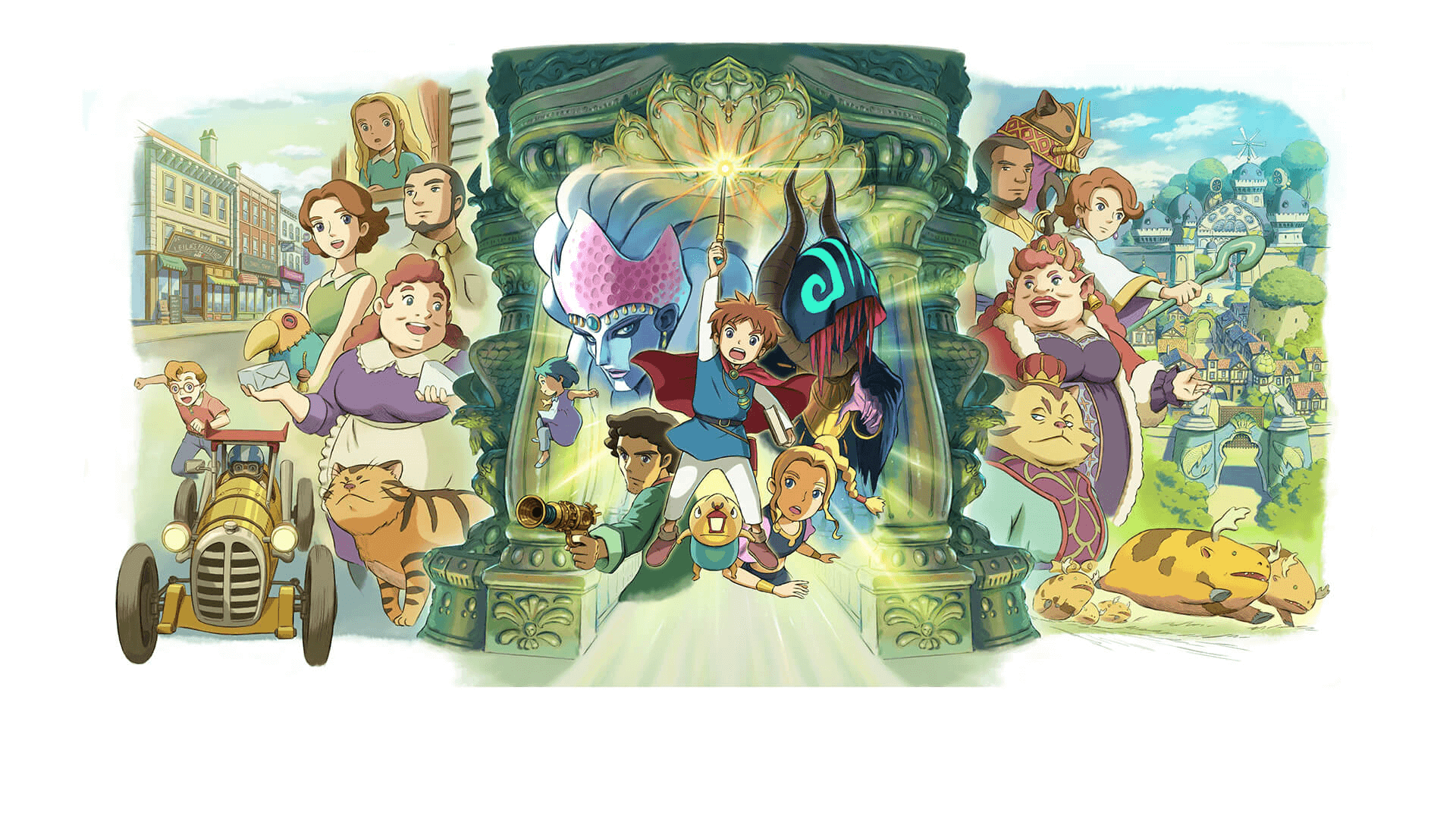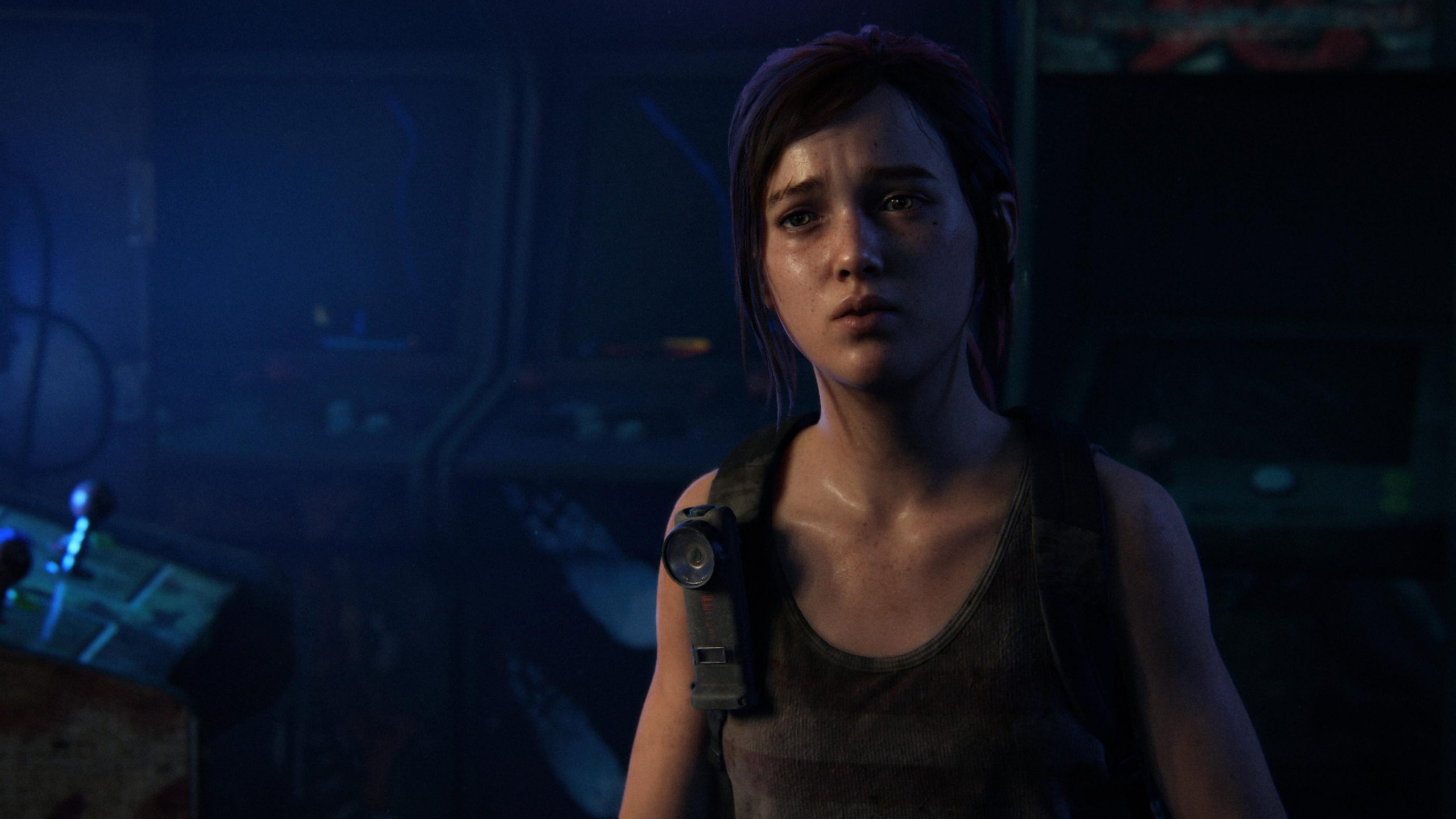
Nearly ten years after the launch of the original The Last of Us on PlayStation 3, the game has become an icon for the PlayStation brand. Widely regarded now as one its best titles, and a key franchise, there’s been a remaster of the post-apocalyptic adventure for PlayStation 4, a proper sequel in The Last of Us Part II, and even the production of a HBO series, starring The Mandalorian no less. The Last of Us Part I is yet another update of the original game, this time bringing it to PlayStation 5, but rather than a remaster the game has been completely rebuilt for the new hardware, now two generations removed from the original PS3.
This is still, fundamentally, the same game that you’ve likely already played twice at this point on PS3 and PS4. The Last of Us Part I contains both the full original game, as well as the DLC expansion Left Behind, in their entirety, with all the same storyline, voicework, cutscenes, enemy encounters and gameplay. There are updates and changes throughout, which we’ll go over, but it should be clear that this isn’t some wild re-imagining of the game’s enemy encounters, or re-aligning the playstyle to resemble Part II more closely, this is still the original Last of Us experience through and through. However, the aim here has clearly been to make this the definitive Last of Us experience going forward.
Visually, when going back to The Last of Us Remastered on PS4 and comparing it to The Last of Us Part 1 on PS5, there’s really no comparison. While The Last of Us looked fantastic for a PS3 game, and held up well on PS4, the work done on Part I for PS5 brings an entirely new level of realism and artistry to the game. Character models have been updated to nigh-on filmic standard, still resembling their original designs but with grit, sweat and detail that impresses not only in cutscenes, but in gameplay as well. Environments burst with extra detail, foliage, damage to weathered environments and debris. Water looks better and reacts more realistically. Cutscenes are subtly reframed to make use of more cinematic techniques, or to introduce more depth of field. It’s all highlighted with fantastic lighting work, that does a lot of the heavy lifting in making the this remake have its own life and personality, both adding realism to many environments, but also used to heighten the drama in some of the game’s most tense moments.
There are some minor changes to gameplay, which are noticeable. Enemy AI has received an overhaul, and as a result seems a lot more aggressive and capable of flanking your position. Meanwhile, your partner AI is meant to have received an upgrade as well, but still seems just as prone to follow you out from behind cover into the open (albeit, still invisible to the enemy). The crafting system has received a visual change to make it easier to understand what you can craft from what resources you’ve collected, now more or less identical to the interface from Part II. There are some extra options as well, like the ability to start a Permadeath game, a feature from Part II. Many DualSense features have also been added to take advantage of the PS5 controller’s haptic feedback, and while there isn’t anything quite as impressive as, say, last year’s Returnal, there are still nice inclusions like the way different weapons feel with the triggers. Interestingly, you’re also able to tune every component of the DualSense feedback from the game’s menu, if there’s certain aspects you dislike, and it’s part of a wider range of quite a lot of accessibility improvements and inclusions.
Truthfully, the gameplay updates don’t do much to make this feel like a whole new experience, just an updated one that feels like how The Last of Us always was. The Last of Us is still a gripping 15-ish hour narrative-driven action adventure set in a post-apocalyptic world with very little hope left. The narrative, while touching on several stories, characters and situations, largely focuses on two aspects – the violence and skills needed to survive in a harsh, hopeless world, and the more personal relationship of the two protagonists, Joel & Ellie, and in particular Joel’s journey from a very broken, isolated man, to being able to connect once again. These aspects of the story are not just portrayed through the well-written and directed cutscenes and dialogue, but also through gameplay. Enemy encounters generally see Joel outnumbered, with limited ammunition and resources. While some encounters can be avoided, most of the time you’ll be required to clear locations of humans or monsters, through any means necessary, whether it’s stealth, precision gunplay or brute force.
Teamwork is also the other key aspect, as Joel and Ellie learn to work together to explore and navigate the various environments on their journey across the US. In these sections, you not only have to be thinking about your own path through the environment, but setting up your partner’s to ensure you both make it out. While the puzzles feel a little simple today, and often rely on repetitive elements like moving dumpsters or floating pallets, they’re also another example of how well integrated the story and themes are into the player experience, and how it evolves over the adventure. If this is your first time playing The Last of Us, the game still provides one of the best single-player campaigns out there on PlayStation platforms, and this is the definitive way to play.
One key omission that is worthy of note is that there is no multiplayer included this time around, instead planned for a separate release as a standalone game at some point in the future. However, Naughty Dog has included a lot more extra unlockable content, including new crazy filters, behind the scenes content, and more.
When I first heard about The Last of Us Part I, the initial reaction was that it sounds like an unnecessary update of a game that had already received a remaster. But, going back to the original, and the remaster, while there are many visual aspects that hold up, they just can’t compare to the work done on Part I. I stand corrected, as The Last of Us Part I is absolutely the best way to play The Last of Us, that not only feels like the game you remember, but looks like as stunning as you’d expect a modern PS5 game to look as well. That said, for players who’ve already finished The Last of Us multiple times, it might be a tough sell, as even I with my swiss-cheese memory had several lines and cutscenes memorised, but it’s still an amazing way to re-live a fantastic game. For players who’ve never experienced The Last of Us before, or want to catch up before the HBO show starts, then The Last of Us Part 1 is a gorgeous way to check it out.
This review is based on code provided by PlayStation Australia, ahead of release.
-Gorgeously updated visuals, with detailed environments, realistic models and completely re-done lighting -The best way to play what has remained for three generations, one of PlayStation's best games
-It is, fundamentally, the same narrative and gameplay experience as the original, which you may have bought twice before by this stage -No multiplayer

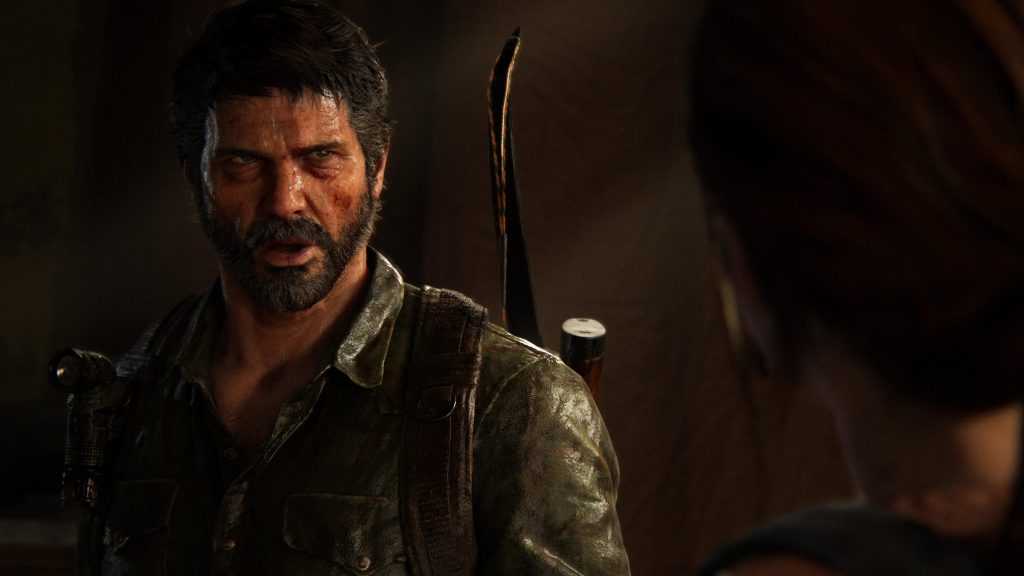
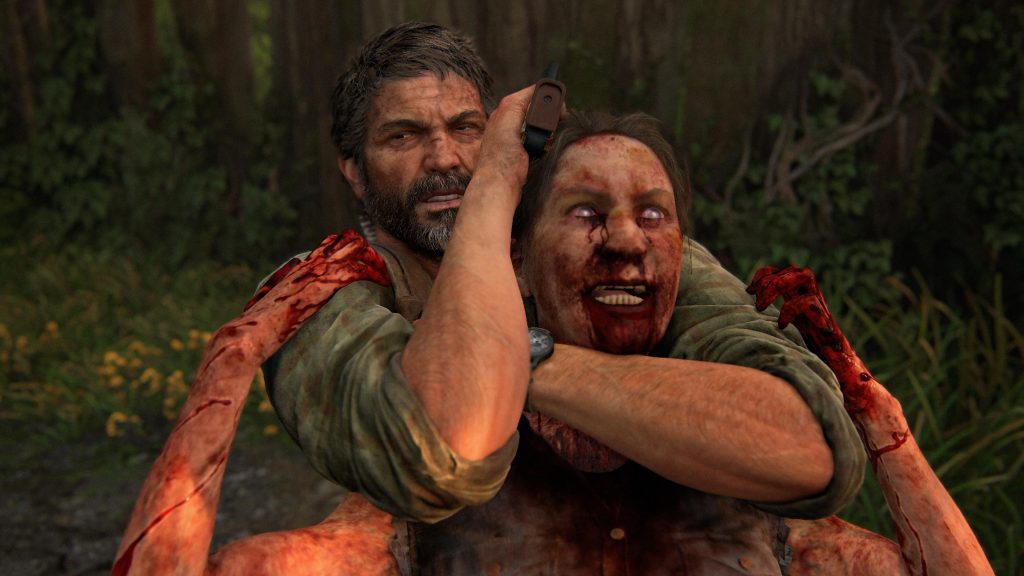
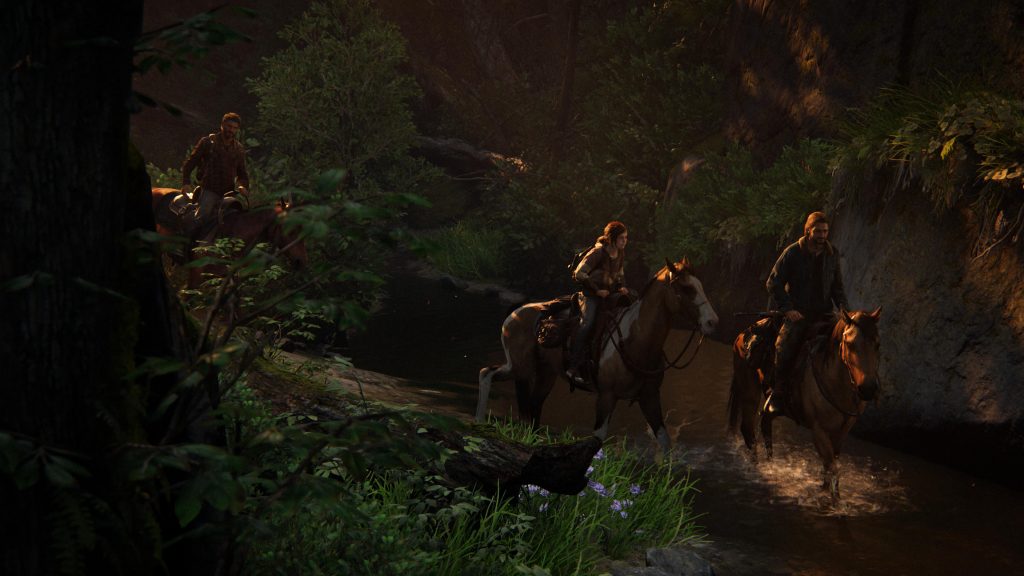
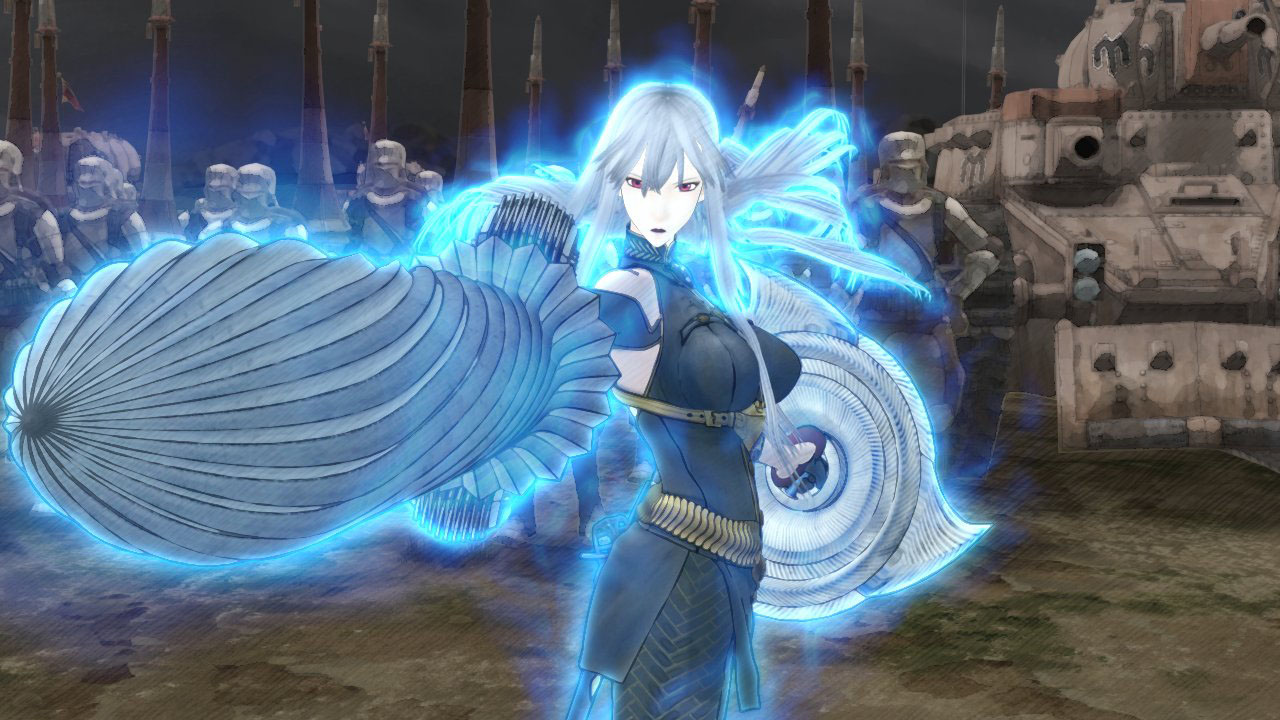
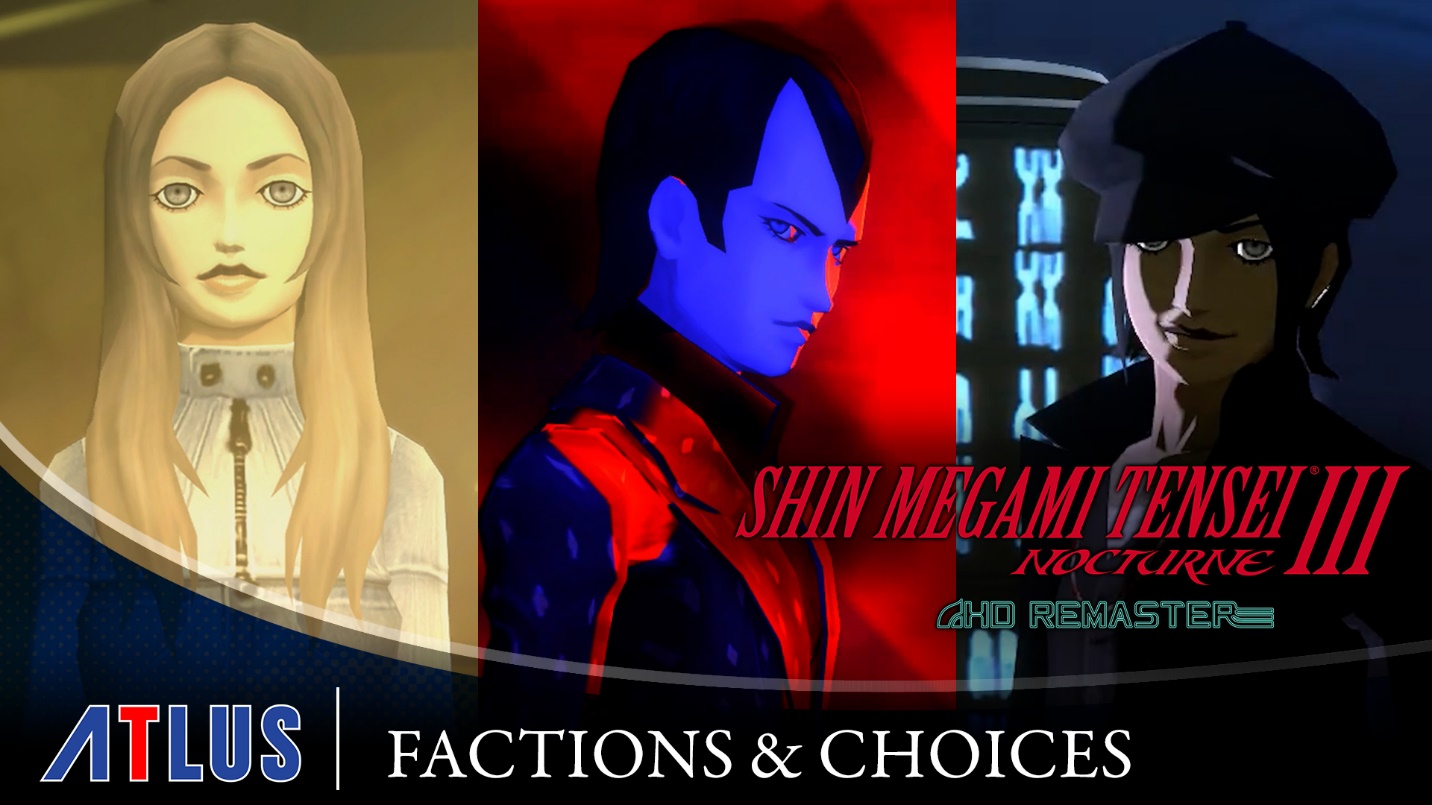
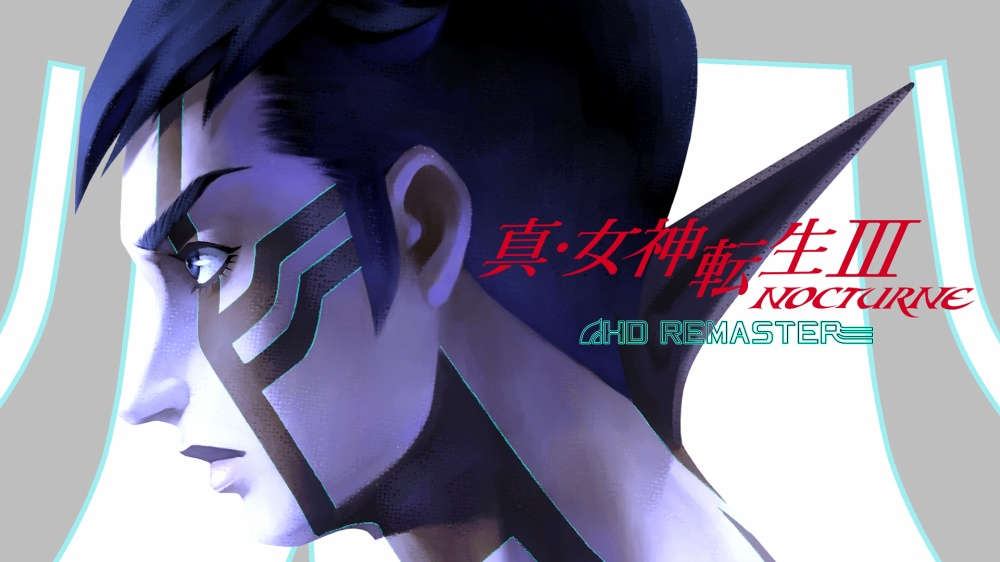
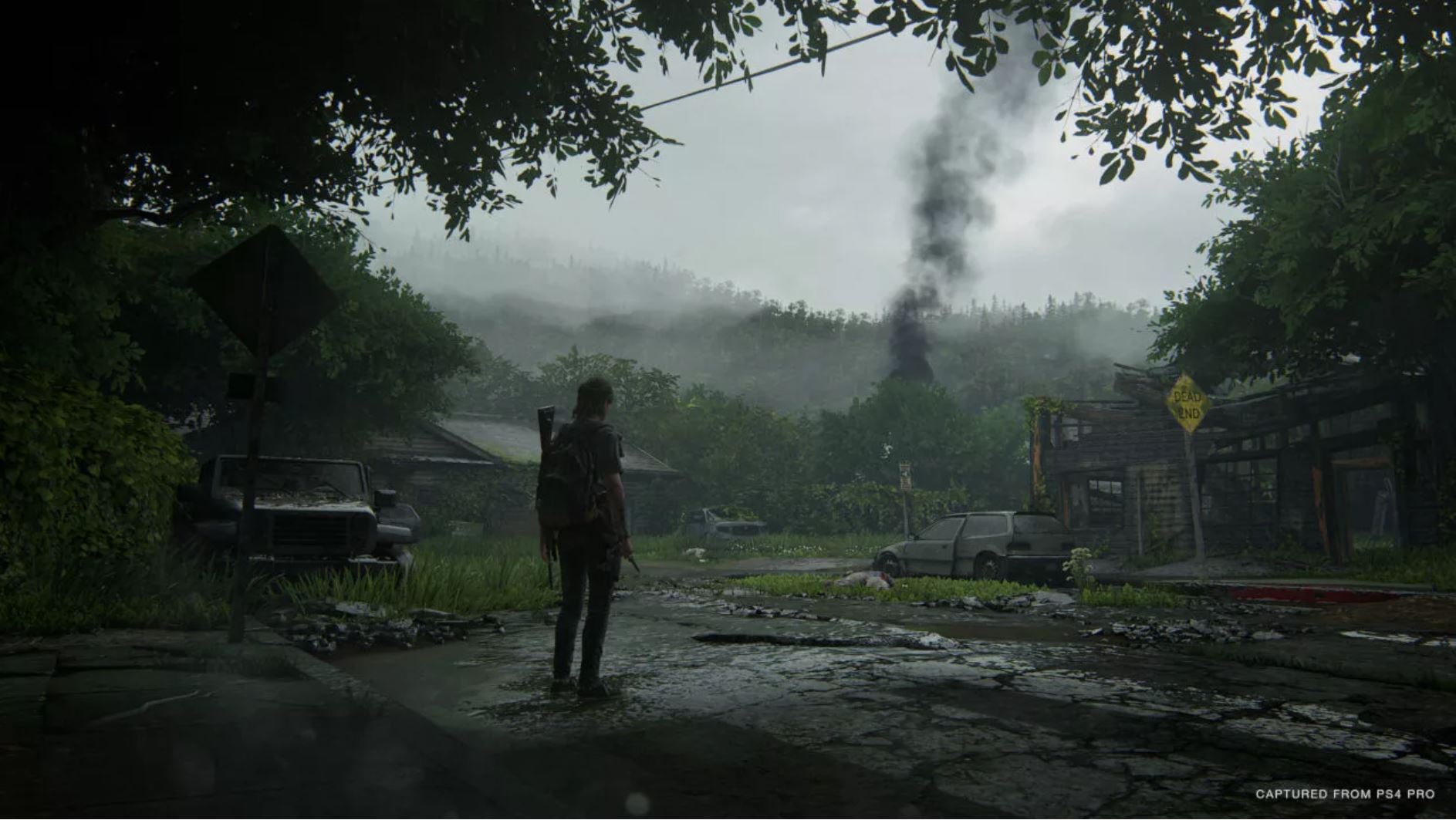
![Tony Hawk's Pro Skater 1 + 2 Remaster Announced Tony Hawks Pro Skater 1 & 2 Reveal Screenshot – Tony Hawk[1][1][1]](https://rocket-chainsaw.b-cdn.net/wp-content/uploads/2020/05/Tony-Hawks-Pro-Skater-1-2-Reveal-Screenshot-Tony-Hawk111.jpg)
